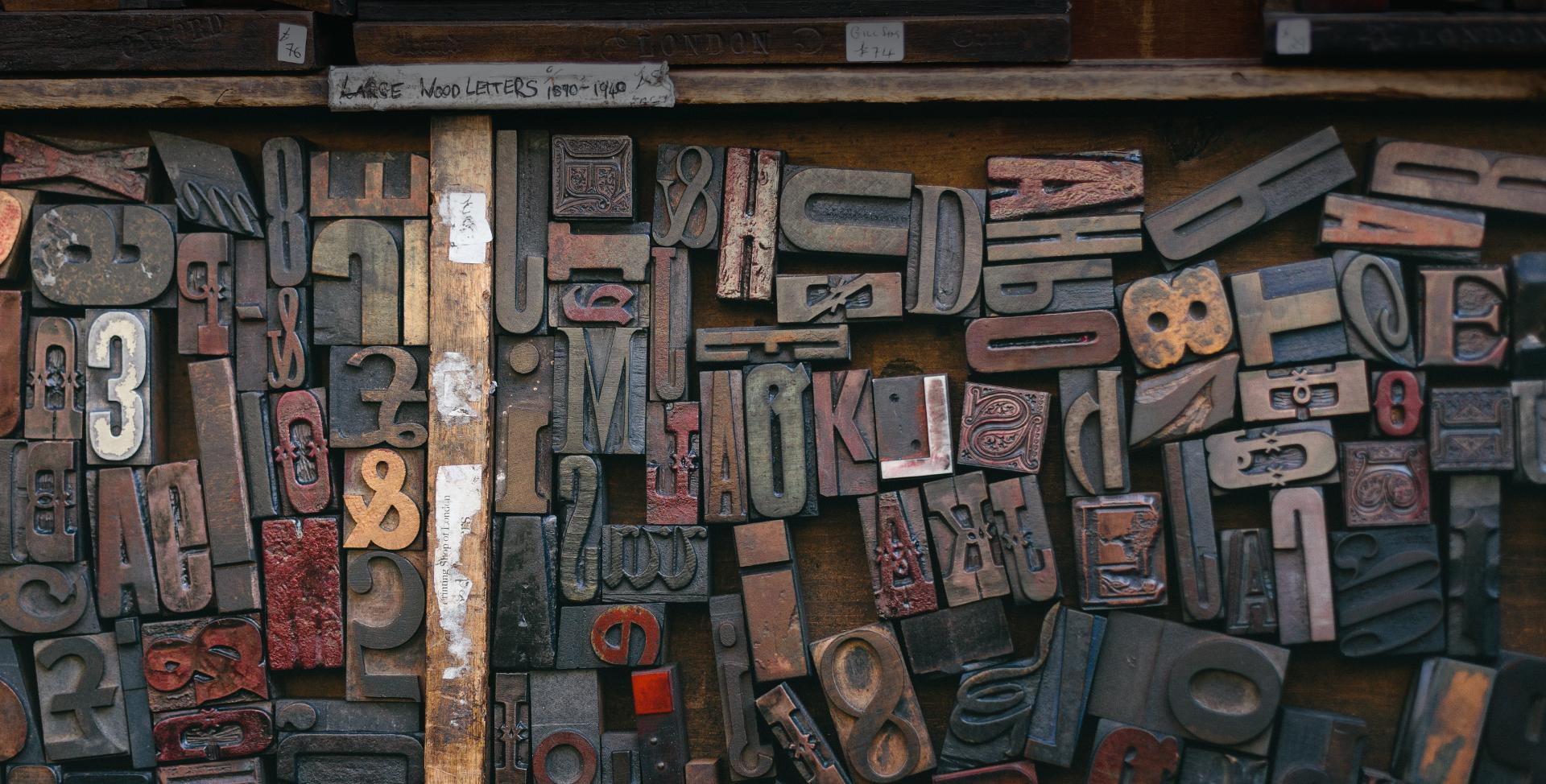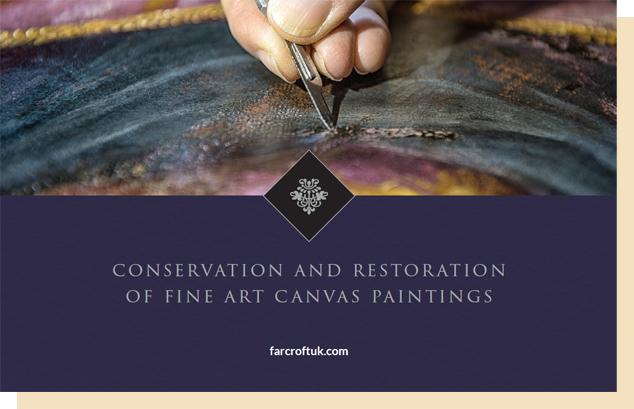Conservation of Gilded Religious Art: Eastern Orthodox Icons
The art of gilding, adding a layer of gold leaf to the finished, fine surface of an object or piece of furniture, was particularly suited to religious art. In the Eastern Orthodox tradition, icons, small, portable portraits of saints and the Holy Family on wooden panels, were traditionally gilded on the backgrounds and as halos and crowns. Their conservation and restoration involves keeping as much of the original gilt surface as possible, and replacing any that has been lost.
The icons were originally small, painted on wood, and often had wooden doors that folded over the image to protect it from the elements. They were designed to be portable, so monks and other religious at remote monasteries could carry the icons with them to assist in private devotions and prayers. Many of these remote monasteries in desert communities have maintained their collections of icons for centuries, as the environment helps preserve the materials.
The wooden panels that hold the painted images are sturdier than canvas or paper. Layered or three dimensional images can be developed on the surface. The sturdiness of the wood is another reason many icons remain in good condition after several centuries of use. Under the layer of gilt, the artist will paint with gesso, and then bole, a very fine and smooth clay. Both of these surfaces are absorbent. A water-based glue, or size, is applied, and then the layer of gold as leaf. The size is absorbed into the bole and gesso quickly, and this helps the gold form a tight seal with the layers underneath. The surface is then burnished with stones until the gleam is as desired. In icon painting, the traditional use of gold leaf was on halos and crowns, to symbolise divinity with a material that has always been associated with value and rarity.
In addition to the gilt surfaces, the icons also have painted surfaces that may need conservation, and structural elements of the icons such as hinges on wooden doors. As with all conservation, the goal is to keep as much of the original materials as possible, while stopping any further deterioration. If the icon has been moved to an environment that is not as healthful for these objects as the isolated desert monastery, a storage box or container built to protect the object from the environment may be appropriate, or a environmentally-controlled display case, for objects in museums or otherwise on display.
For more information about conservation and restoration of gilded objects, consider discussing your needs with the master craftsmen at Farcroft.


 For additional information about fine art conservation and restoration read our ebook where we look into further science and art of conserving the artwork of history.
For additional information about fine art conservation and restoration read our ebook where we look into further science and art of conserving the artwork of history.
